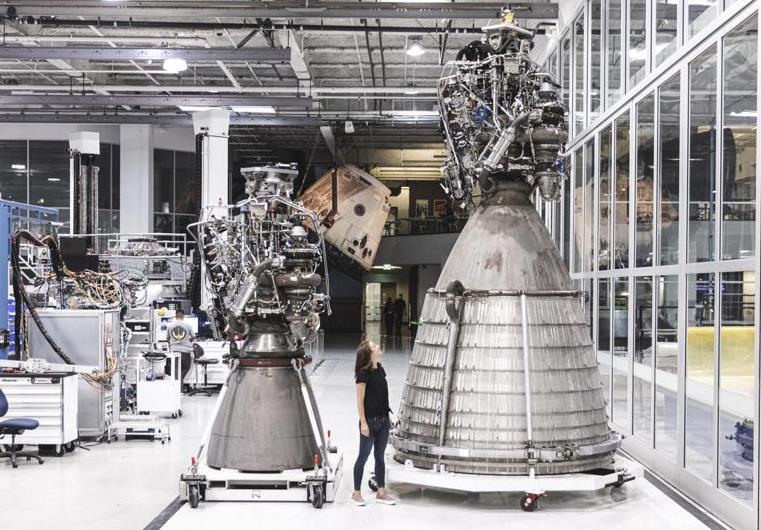SpaceX Produced Nearly 400 “Raptor” Rocket Engines Before Starship Test Flight
While still awaiting government approval for the next “Starship” test flight, SpaceX is manufacturing hundreds of rocket engines for its new rocket. Being the world’s largest rocket, “Starship” is currently undergoing tests in Boca Chica, Texas. The design is entirely new compared to SpaceX’s flagship product, the “Falcon 9.” The Starship uses Raptor engines to generate millions of pounds of thrust. Given the large number of engines on Starship, these engines often raise concerns.
SpaceX’s “Raptor” engine comes with a larger nozzle and was planned to be installed on the “Starship” final stage in 2020.
However, the stagnation of orbital test flights accelerated SpaceX’s Raptor engine production line. The company now seems to have produced nearly 400 rocket engines.
The production of the “Raptor” rocket engine has always been one of the critical pain points of the “Starship” project, at least during SpaceX’s early testing activities. This engine’s power far exceeds the Merlin engine that powers the Falcon 9, and it can redirect all exhaust gases back into the combustion chamber to improve fuel efficiency and power output. Naturally, this requires highly durable components and a new manufacturing process.
Elon Musk, SpaceX’s CEO, candidly mentioned these issues in a detailed speech in 2020. He shared that initial Starship tests would use fewer engines. By 2021, SpaceX was producing an engine every two days, indicating that the company could produce up to 176 engines in optimal 24/7 production conditions. Sticking to rapid production and design philosophies, the company doubled this pace the following year.
NASA Deputy Administrator Mark Kirasich also confirmed SpaceX’s increased production speed at a NASA advisory committee meeting.
A picture shared by Musk in 2021 showed that the chamber pressure of the “Raptor” reached 330 bar. One bar is equivalent to sea-level air pressure, and the engine chamber is where fuel is ignited to generate thrust. Media outlet ArsTechnica quoted him saying, “SpaceX’s development speed is very fast. We’ve seen them produce Raptor 1.0. They later upgraded to Raptor 2.0, first improving performance and thrust, then reducing part counts, and shortening manufacturing and testing times. Their production speed is very fast. The goal is to produce seven engines a week, and they achieved this goal about a quarter ago. So now, seven engines can be made every week.”

According to a photo shared by NASA Deputy Administrator Pam Melroy, SpaceX might have produced as many as 398 “Raptor” rocket engines. She toured SpaceX’s facilities as part of NASA’s “Artemis” Human Landing System (HLS) lunar lander program. The HLS lander is a customized second stage of the Starship, and like the super heavy booster, it also uses Raptor engines for ascent and landing.
In Deputy Administrator Melroy’s photo, she stands in front of a fully assembled Raptor engine, with an engine in the top left corner clearly displaying the serial number 398 on the nozzle bell. SpaceX’s latest Starship engines are all Raptor 2 type engines, and according to Elon Musk, these engines have much less complexity than Raptor 1.
Due to the “Artemis” program’s reliance on the HLS lander, NASA and SpaceX continue to collaborate closely on Starship’s development. After the visit, Melroy expressed full confidence in SpaceX’s Starship, Raptor development, and the production capabilities of the Dragon spacecraft.